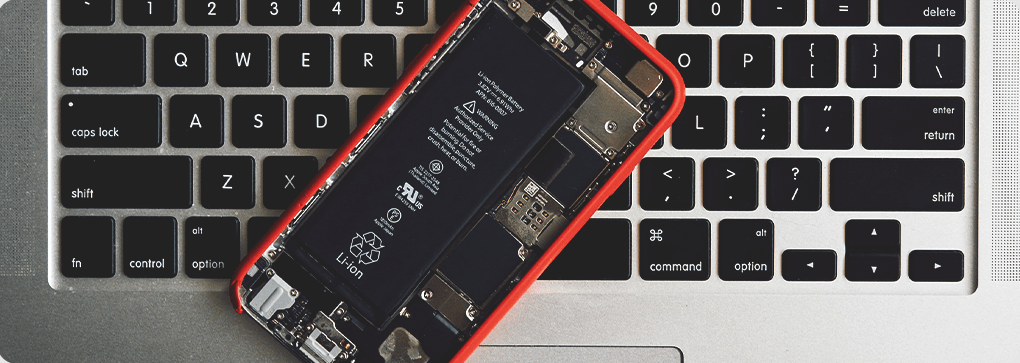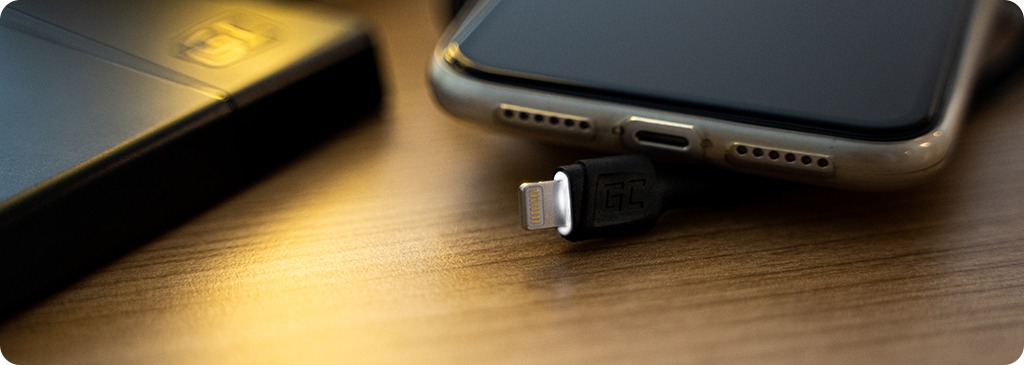Charging a phone’s no rocket science – you plug a charger into a socket, plug the end into the phone, and it works. It might have seemed that you can’t botch such a simple activity. However, there are a few less obvious factors which may have a negative influence on our device’s battery. As per Murphy’s law, whatever can go wrong, will go wrong. It’s worth to know what to pay attention to so that our battery serves us as long as possible.
You’re using the wrong charger
The cable fits, so the charger must be an appropriate one? This isn’t exactly how it is. The individual phone and battery models differ in their charging parameters. If they’re unsuitable, they may degrade the battery, or they won’t charge the device at all. The second key issue in the case of chargers is their design. In the case of the cheapest replacements, it’s very limited in comparison to the original ones. Adequate protection’s lacking, the component insulation’s poor, and the workmanship accuracy leaves much to be desired. Such a charger may cause not only damaging the cell in our favorite equipment, but also damaging the electrical system or even electrocuting the user. This is why we recommend using only certified solutions from reliable sources. The universal Green Cell chargers are the perfect solution – they select the appropriate current needed to charge a specific device by themselves and they’re equipped with all the relevant protections.

You don’t pay attention to the temperature
This information appears on our blog frequently, and we’ll sound like a broken record repeating it. The perfect temperature for a battery is 20-25 degrees Celsius. During charging, heat is generated, and this is inevitable due to the laws of physics and to the design of the batteries. However, try not to add insult to injury and limit temperature increases as much as possible. Don’t charge your phone in a thick case, don’t hide it under your pillow. Avoid sources of heat, such as radiators or the open sun during the summer. Never leave your device in a hot car. In case the battery’s regularly operated at a temperature above 40°C, it can lose even up to 40% of its capacity within a year!


You charge your phone all night long
Or you always charge it until it’s fully charged. More charging cycles lead to a faster deterioration of a battery and to an increased operating temperature. In turn, this leads to a reduction in the capacity, and a lower capacity leads to having to charge more often.


You leave your battery discharged for a longer period of time
Lithium-ion cells don’t like being empty, especially for a long period of time. If you won’t be using your phone, make sure that the battery’s at least 50% charged before you put your phone in a drawer. Prolonged periods of being discharged may cause damage to the cells.


You form a new battery
“Forming” or “formatting” a battery is a practice of completely discharging a battery before fully recharging it. It was used with of nickel-cadmium or nickel-metal-hydride batteries. These batteries don’t have any systems that control their condition and depletion, so in order to efficiently charge them up to 100%, you needed to fully discharge them first. The current phones and batteries are equipped with advanced systems allowing you to charge them regardless what the battery level is. What’s more, as we wrote in the previous paragraph, no electricity in Li-Ion batteries has negative impact on them, and therefore, such a procedure may even do harm to our device instead of helping it.
Alexandra Smith
Related posts
Most viewed entries
- Polish Inventors Who Changed the World – Do You Know Them All?
- The Scariest Myths About Electronic Devices – Halloween 2024
- The history of bicycle – International Bicycle Day
- Electricity in a camper van on holiday – a conundrum easily solve
- Off-grid installation on a plot. Is it worth it?
- Charging your electric car at home without a wallbox

